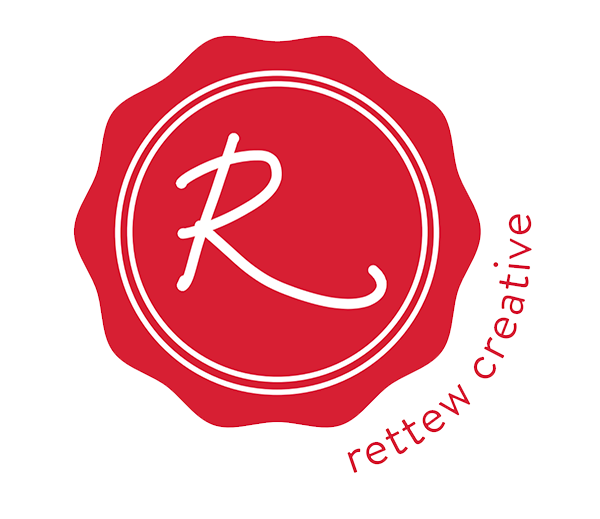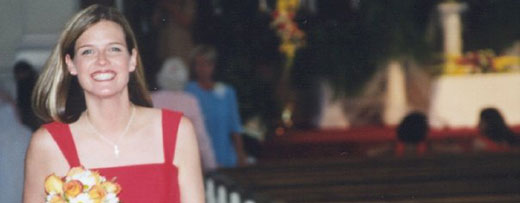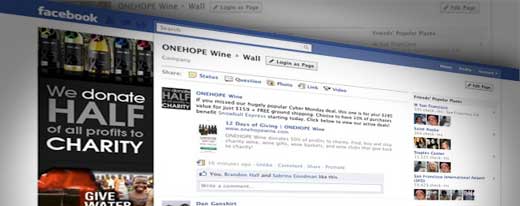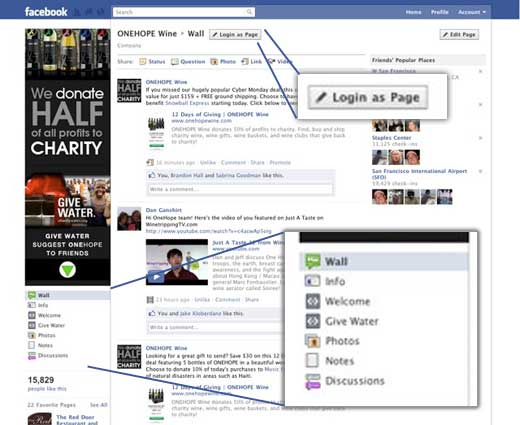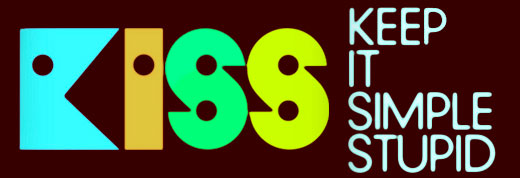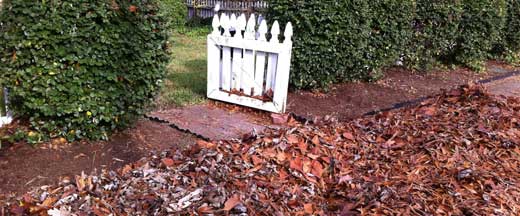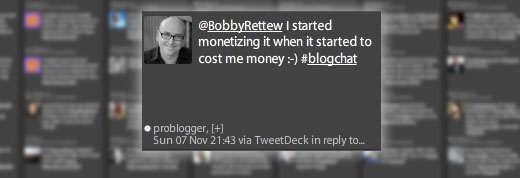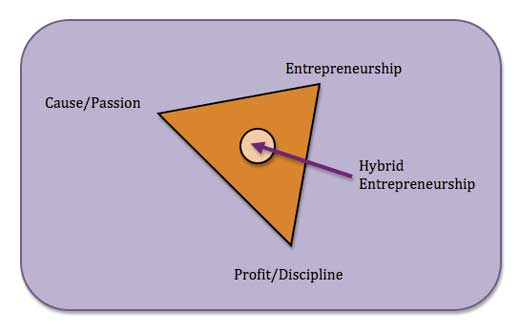So the other day, I posted this one Twitter. I wish I could find the Tweet that prompted this response, but you can read above. Yes, I have been thinking. My brain does work sometimes outside the online world of mindless 140 characters…my synapses are in full brain activity.
So I have been thinking…there is definitely a difference between the one who is telling your story and the one who is capturing that story that is being told. Big difference. So my friend Gregg Morris (@greggvm) askes:
Good question Gregg! And I responded with this Tweet:
We are just proxies…we are displaying what we see, hear, feel, smell, understand, and comprehend through our point of views!
Thanks Mike (Mike Bell @ProformaGuy)! You are talking about delivery and how people view those who are delivering.
So here is my real thought to this little Tweet and Blog combo explanation. Coming from a journalist background, I always felt that our views were skewed. Even though we were supposed to tell a story with an unbiased position, they are always going to be skewed. There was only hope that we could get closer and closer to the purest position in the way we tell stories, with each piece we produced or story we told. We were always looking through the lens, a bias based on news of the week, the politics of the organization, the financial potential from ratings/readership. So who can really tell our story from an unbiased position.
Storytellers are proxies, delivery mechanisms for the story we are telling…those we are trying to re-create for others to view. Now I am staying away from the advertising world, becuase here we can create the realities we want audiences to view. This is more of a PR position or even a journalistic/documentary position.
Each time I pick-up the camera and work with a client, I try to maintain the message of the story and organization. When I write a story, I stay away from supposition and try to stay as close to fact as I can…or interpretation of fact. So why should we care who is telling our story? Because it is important to understand the lens they are looking through. You have to see how they might perceive the story, even your story before they even begin the project. Do you want them to create a reality that does not properly represent your message…ultimately divesting time spent in a message.
These biases can be considered conflicts of interest. But is storytelling one of Fiction or Non-Fiction, and can we create that dichotomy so simply? And if we are paid to tell stories, document those stories, provide a proxy view-point of those stories…how should handle and disclose our view-point.
Now that Social Media has entered the picture…more and more individuals are providing view-points, telling stories, and using these outlets as means to reach audiences. As proxies of these stories, we should disclose our pre-dispositions, our conflicts, our view-points that are statement of fact.
In October of 2009, “FTC Publishes Final Guides Governing Endorsements, Testimonials” where “Changes Affect Testimonial Advertisements, Bloggers, Celebrity Endorsements.” FTC states, “Under the revised Guides, advertisements that feature a consumer and convey his or her experience with a product or service as typical when that is not the case will be required to clearly disclose the results that consumers can generally expect.”
Should we as storytellers be subject to these guidelines? Yes, I say. But to what capacity? Everytime I work with an organization to help tell a story, I should disclose to the organization my viewpoints and conflicts. Everytime I finish producing a story for an organization and post the link to my Facebook wall or even Tweet about it, I should have to disclose my relationship to the organization.
In an article by NPR, Laura Syndell looks at bloggers and disclosure of paid endorsements. Laura writes, “Kelly McBride, of the nonprofit Poynter Institute for journalism, says this is an important step: While many consumers can tell a commercial from a program on television, she says they can be naive when their Facebook friends say they’re a fan of McDonald’s.”
This is why when I work with organizations to create and establish a Social Media or New Media plan/strategy…it is my position that I do not Tweet, update a status, or communicate on behalf of the organization. I talked about this in a recent post. I typically do not follow those who are Tweeting, Blogging, Facebook”ing” on behalf of an organization without disclosure.
Social Media is such a progressive new area of digital publishing, should it held to the same professional standards as traditional marketing/pr/news outlets? Why, because it is “Social Media.” It is place for people to speak freely socially, to interact, and to build relationships. Why is this an issue, because organizations have been abusing this idea, acting on behalf of “a brand’s message” to influence a decision. Thus, de-socializing “Social Media(s)”.
So is the WikiLeaks idea/site privy to these types of ethics? The whole concept is that they are publishing information that typically not disclosed to the public in an open-source mentality. Many of the individuals providing information for WikiLeaks are not disclosing who they are and there relationships.
The Poynter Institute recently posted a link to their website that “Stars and Stripes Journalists are barred from viewing WikiLeaks documents.” In the article, Mark Prendergrast from Stars and Stripes writes, “Journalists are supposed to report before they write. That means gathering as much information as they can – in breadth and depth – and consulting primary sources whenever feasible. That might mean an editor clicking on Wikileaks to verify information in a wire story. Or an art director doing a screen grab to illustrate that story. Or a reporter reading a document in full for context in assessing a statement about it.”
Bottom-line, journalists need to know where the information came from, the source of the information. How do they know in this “public domain”? How do they know where the information has come from and if it is truly accurate. This primal thought process should be the same as the we work we as “marketers do” for our clients everyday…we should disclose relationships, our predispositions, and why we are working with an organization when telling our stories.
I have recently joined WOMMA, the Word of Mouth Marketing Organization and been reading through lots of the resources offered not only to it’s membership but also to the public. I find this information a great guide for people like myself when navigating this world of client based work that leads us to tell stories on their behalf.
So where do we go from here? Well…I know that we must question our intentions each time we “Write” or “Produce” a story on behalf of a “client” or organization. We must also question or intentions when we distribute these “stories” and what message we are sending when we distribute. The intention of distribution is just as much a part of the storytelling process as is the actual story itself.
